Difference between revisions of "Natural markings on leather"
| Line 268: | Line 268: | ||
| − | === | + | ===Warble fly=== |
| − | + | Warble fly are parasitic on cattle and deer. The fly lays eggs on the forelegs of cattle and [[Deerskin|deer]]. The eggs hatch within a week and penetrate the skin, where they migrate throughout the connective tissues. After a few months, the larvae travel back to the skin surface and cause swellings. When breaking through the skin, the fly leaves holes in the skin and good visible scars remain. In [https://www.youtube.com/watch?v=LDmkdFwqTt8&list=PLdGEmp0I4Bawry89Il_c1uc1F7M0Tr7sx South America] exist variants that can infect humans. | |
| − | + | ||
| − | + | ||
| − | + | ||
| − | + | ||
| Line 281: | Line 277: | ||
</p> | </p> | ||
<p align=center> | <p align=center> | ||
| − | '' | + | ''Warble fly and warble made.''<br></p> |
<p> </p> | <p> </p> | ||
| Line 289: | Line 285: | ||
</p> | </p> | ||
<p align=center> | <p align=center> | ||
| − | '' | + | ''Warble bump on the back of a bovine. - Wable mades under the skin of a [[Deerskin|deer]].''<br></p> |
<p> </p> | <p> </p> | ||
| Line 298: | Line 294: | ||
</p> | </p> | ||
<p align=center> | <p align=center> | ||
| − | '' | + | ''[[Grain side]] damage of the warble fly in [[Deerskin|deer skin]]. ''<br></p> |
<p> </p> | <p> </p> | ||
| Line 307: | Line 303: | ||
</p> | </p> | ||
<p align=center> | <p align=center> | ||
| − | '' | + | ''And same on [[Flesh side|flesh side]]. ''<br></p> |
<p> </p> | <p> </p> | ||
| Line 315: | Line 311: | ||
</p> | </p> | ||
<p align=center> | <p align=center> | ||
| − | ''[[ | + | ''Deer [[Fur|fur]] with damages cause by the warble fly. ''<br></p> |
<p> </p> | <p> </p> | ||
| − | |||
| − | |||
| − | |||
| − | |||
| − | |||
| − | |||
===Damages when skinning in the slaughterhouse=== | ===Damages when skinning in the slaughterhouse=== | ||
| Line 344: | Line 334: | ||
| − | == | + | ==Other reasons for skin damage== |
* '''Konservierungsschäden''' (durch unzureichende [[Konservierung|Haltbarmachung]] nach dem Abziehen, z. B. Verfaulen durch Bakterieneinfluss oder Salzflecken) | * '''Konservierungsschäden''' (durch unzureichende [[Konservierung|Haltbarmachung]] nach dem Abziehen, z. B. Verfaulen durch Bakterieneinfluss oder Salzflecken) | ||
* '''Hautparasiten''' wie Räudemilben, Läuse und Haarlinge schädigen die Haut und beeinträchtigen die Lederqualität | * '''Hautparasiten''' wie Räudemilben, Läuse und Haarlinge schädigen die Haut und beeinträchtigen die Lederqualität | ||
Revision as of 14:47, 4 September 2016
Contents
Natural markings on leather
Natural markings on rawhide can affect the usability as leather depending on the severity and extent.
An excessively damaged leather can`t be used in the damage area and thus affects the utilization of the surface of the skin when cutting. The waist per skin is higher. Two kinds of damages are distinguished. Postural damages incurred during the lifetime of the animal and postmortem damage after slaughter.
Below are some examples, which are typical in practice and make the leather partially unusable and cause higher waste. Many of the skin damages are not visible at the rawhide. The can an only be seen after the first working steps in the tannery.
The various types of damage can not always be clearly assigned. A barbed wire scrath may look like a pitchfork injury and what looks like a tick bite can have various reasons.
Statistics indicate that approximately about 5% of all rawhides are sufficient free of damages that they are suitable for processing as aniline leather. On aniline leather, the natural grain remains visible therefore, the skins must be flawless.
Leather with minor damages is sanded, equalized with fillers in damaged areas and then dyed and embossed. Alternatively, for dyeing and stamping, foils are glued onto the leather surface. In this way, the skin may still be used for larger cutting parts. As long as the coated damage is not too large and the durability of the processing is long-lasting, such leather is of good quality in its price range. However it happens, that too damaged leather is processed and does not fulfill the expected longevity. Specifically, the lowest price segment is more often affected.
Dung marks - Manure burns
Dung marks arise in leather when feces sticks too long to the skin. Since this is a very irritating substance, it can result in a burn if the cattle cannot remove the manure soon enough. Because of sweating under the dung marks, the skin pores enlarge. When dunk marks do not emerge too strong, the skin is still usable.
Manure burns zoomed - Pore enlargement is clearly visible (click on last image)
Pitchfork injuries
Pitchfork injuries caused by the driving of animals with sharp objects. The leather is then unusable if such injuries occur frequently and are badly healed.
Warts
Cattle have warts like humans. In the process steps in tanning leather goes through so many machines that warts often tear. Even without tearing, warts deteriorate the skin quality.
Barbed wire scars and scratches
Barbed wire scars is the generic term for all types of scars by sharp parts of plants such as thorns or branches, but also by barbed wire. It depends on the quantity, length, width and the spreading on the skin, to what extent the leather is thereby limited in use.
Typical barbed wire scars.
Scarred injury by barbed wire on grain side and flesh side.
Horn scratches and blows
Injuries by horns arise in bullfights and leave significant scars.
Surgical scar
Animals can also have surgical scars. These are also visible in the leather.
Neck wrinkles - Creases
Neck wrinkles and creases are a normal phenomenon and do not affect the value of the leather. They occur in cattle in the neck and abdomen, where the connective fibers are longer. Neck wrinkles naturally occur in a hide as a result of the neck stretching and contracting. The grain pattern is stronger in this area.
When cutting the leather must be considered that the graining on the finished object is symmetrical, except the varied graining is an intentional effect.
Typical neck wrinkles in cattle.
Insect bites
Tick bites and stings of other insects appear as small surface damages on the skin.
Tick bites and other insect damages.
Fire brand - hot brand
Hot branding is a technique for marking cattle and other farm animals so as to identify the owner. Conventional methods are hot branding, freeze branding, earmarking, tattooing or the implantation of microchips. The hot and freeze brand is very painful for animals and therefore not everywhere allowed.
Branding iron (DLM - German Leather Museum at Offenbach).
Brand marks are burned with branding irons into the skin.
With branding iron marked cattle in Brazil.
Branding in a cowhide and on finished smooth leather.
Visible scars of branding in the back of such a furniture is not good quality.
Branding on smooth leather of a cow with and without finish.
On pigmented, sanded and embossed leather (corrected grain), the branding is unvisible. When heating the leather from behind, the branding can be made visible with a thermal imaging camera.
| Method | Execution | Safety | Pain | Skin damage |
|---|---|---|---|---|
| Branding, hot brand by fire-heated marks | Skin burn by highly heated branding iron. | Very secure. Changes are in most cases not possible and involves considerable effort. | Severe pain by incineration. | Large scar |
| Cold branding - Freeze Branding | Freeze Branding. The marker stamp is strongly cooled and pressed on the previously shaved skin. The result is a pigment destruction in the hair root. The fur is growing white or does not grow any more after a longer print, what is needed in light fur. | Very secure. Changes are in most cases not possible and involves considerable effort. | Less painful than incineration. | Large scar |
| Ear tag of plastic or metal | With a pliers, a hole is made into the ear and a labeled plastic sticker is affixed. | Easy. Can be replaced. | Low pain. | No significant damage for leather production. |
| Tattooing | Coloured Tattoo. Often in the ear or on the lip. | Secure. Deceptions involve considerable effort. | Painful. | No damage for leather production. |
| Microchip implant | A transponder chip is implanted under the skin. | Secure. Deceptions involve considerable effort. | Low pain. | No damage for leather production. |
Warble fly
Warble fly are parasitic on cattle and deer. The fly lays eggs on the forelegs of cattle and deer. The eggs hatch within a week and penetrate the skin, where they migrate throughout the connective tissues. After a few months, the larvae travel back to the skin surface and cause swellings. When breaking through the skin, the fly leaves holes in the skin and good visible scars remain. In South America exist variants that can infect humans.
Warble fly and warble made.
Warble bump on the back of a bovine. - Wable mades under the skin of a deer.
Grain side damage of the warble fly in deer skin.
And same on flesh side.
Deer fur with damages cause by the warble fly.
Damages when skinning in the slaughterhouse
When skinning in the slaughterhouse the skin can get damaged. A wrong cutting can reduce the yield of surface. In slaughterhouses the animals are often skinned by machines. The strong force in this process, may bust the grain pattern .
Damage when cutting and busted scar.
Other reasons for skin damage
- Konservierungsschäden (durch unzureichende Haltbarmachung nach dem Abziehen, z. B. Verfaulen durch Bakterieneinfluss oder Salzflecken)
- Hautparasiten wie Räudemilben, Läuse und Haarlinge schädigen die Haut und beeinträchtigen die Lederqualität
- Auch Hautpilze (Flechten) schädigen die Haut und dadurch das Endprodukt Leder
Sind Hautschäden ein Mangel?
Kunden in Deutschland wollen oft makellose Ware. Falten, Narben oder Narbenunterschiede werden als Mangel empfunden. Dabei gehören viele Oberflächenunterschiede zur Natürlichkeit des Leders dazu. Eine gut verwachsene Narbe ist oft stabiler als das Umgebnungsleder. Eine Falte im Leder ist so natürlich wie in Ihrer Armbeuge oder Handinnenfläche. Die natürliche Kuhhaut hat Narbenunterschiede über die Fläche verteilt. Wer ein absolut einheitliches Narben- und Farbbild vor sich hat, hat meist ein stark zugerichtetes (oberflächengefärbtes) Leder, was oft dazu noch nachgeprägt wurde. So ein Leder ist kälter, fester und weniger natürlich als ein Leder mit Unterschieden.
Solange ein Leder stabil ist und auf die Unterschiede klar hingewiesen wurde, ist es eine ehrliche Beratung und als guter Service zu verstehen. Solange ein Kunde versteht, was er bekommt und wo die Unterschiede sind, verhält sich der Handel fair. Trotzdem kann es natürlich zu Meinungsunterschieden kommen, ob ein Hautunterschied akzeptabel ist oder den Wert des Lederobjekts mindert. Dann müssen Experten entscheiden, ob ein Mangel vorliegt.
Nicht jeder Hautfehler kann so entschuldigt werden, es ist aber eine ehrliche Information für den Kunden.
Additional information
- Reklamationen beim Kauf von Ledermöbeln mit Hautschäden
- Lederzuschnitt
- Verschnitt
- Lederfehler
- Lederschäden







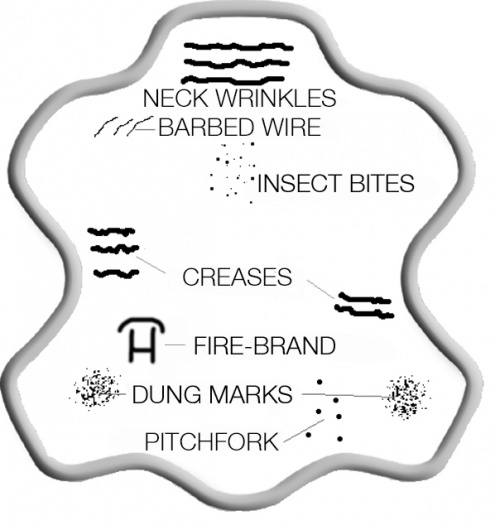
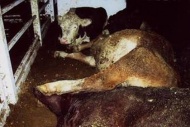
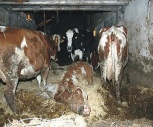
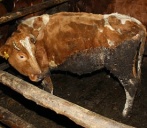
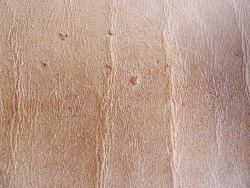
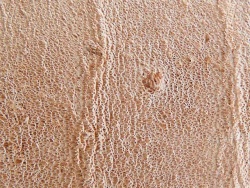
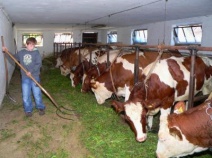
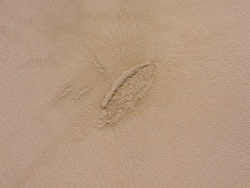
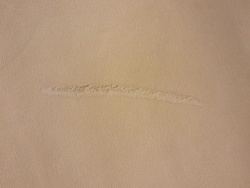
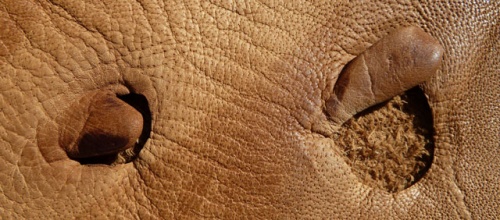
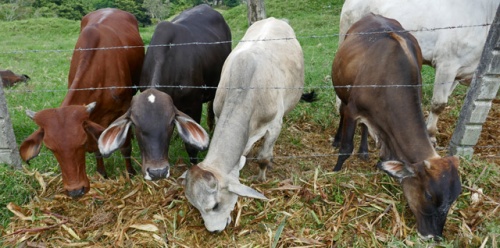
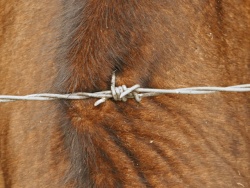
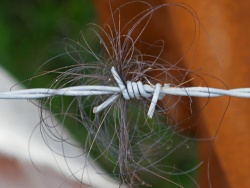
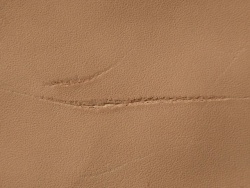
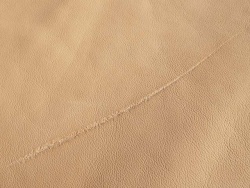
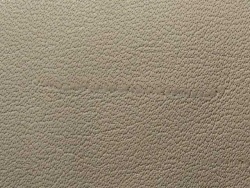
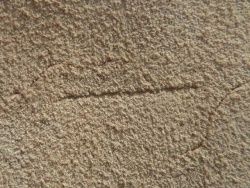
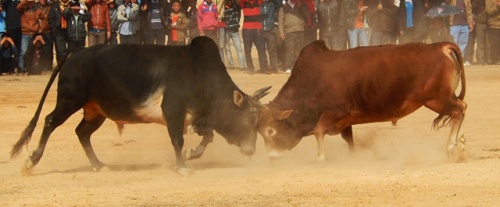
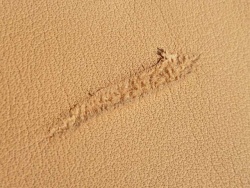

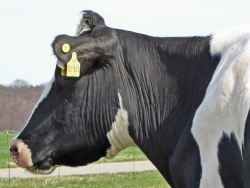
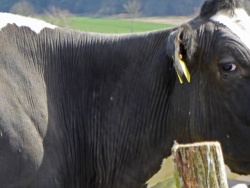
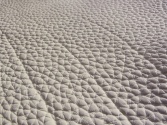
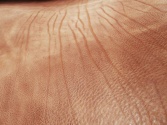
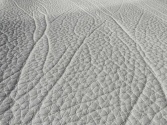

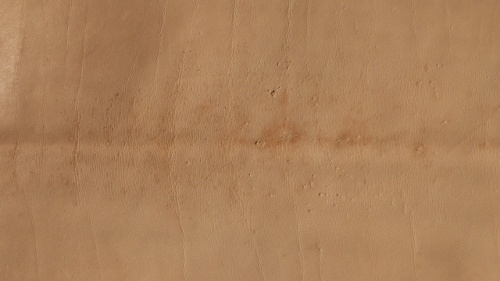

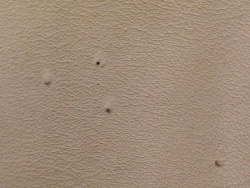

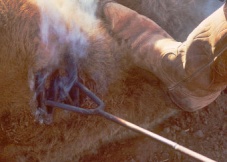
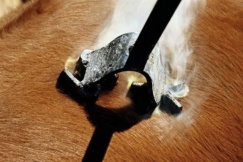
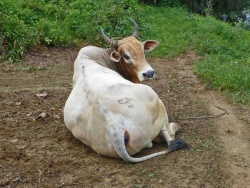
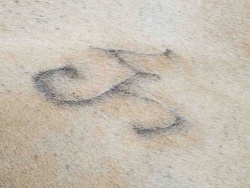
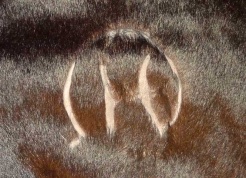
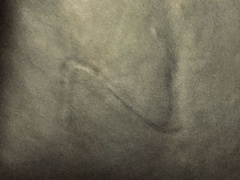
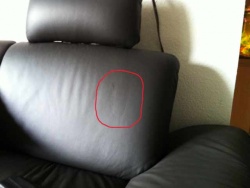
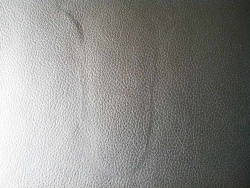
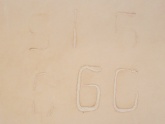
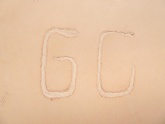
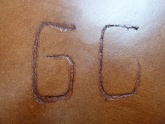
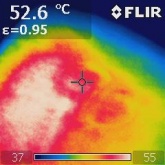
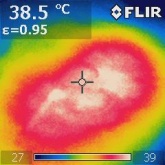
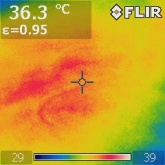
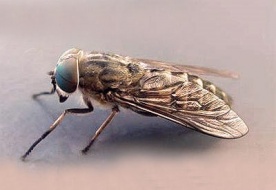
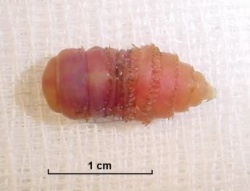
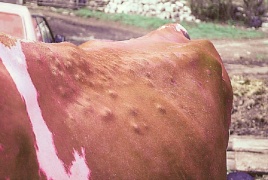
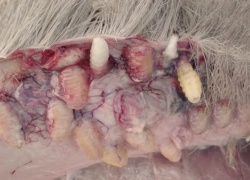
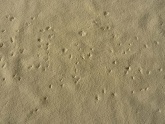
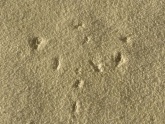
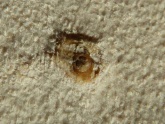
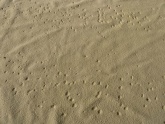
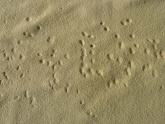
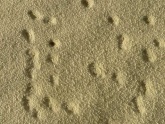
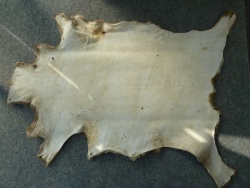
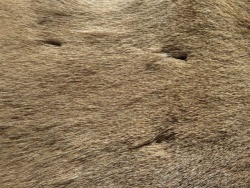
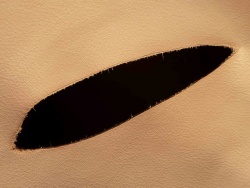
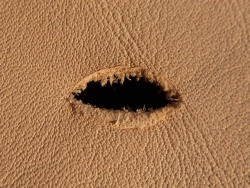
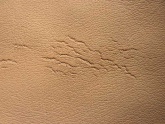
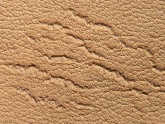
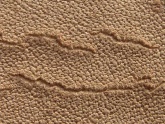

 a kotori web solution
a kotori web solution